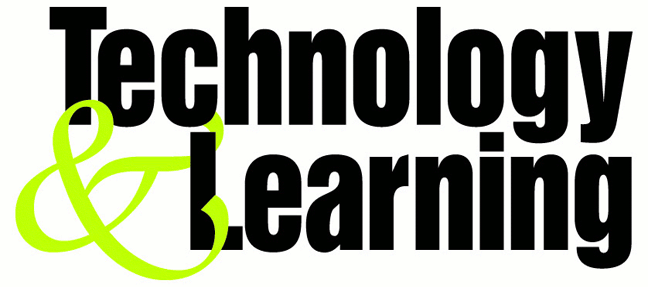Computer processor manufacturer Intel have revealed details of a patent for protecting future generations of computers from the growing threat of cosmic rays.
The company has designed an on-chip cosmic ray detector to try to cope with the particles, which originate in space before sporadically entering the Earth's atmosphere and going through everything they encounter.
Because the operation of computers is through charged particles, the unpredictable hits from the rays are problematic, potentially causing the system to crash.
"What happens is if a cosmic ray causes a collision inside the silicon chip, that releases lots of charged particles," Intel's senior scientist Eric Hannah told BBC World Service's Digital Planet programme.
"All our logic is based on charge, so it gets interference."
'Bigger disturb'
The risk from cosmic rays may not be thought of as a big problem on a single computer with a single chip, as there is the potential for error only perhaps every several years.
But Mr Hannah explained that on a supercomputer with 10,000 chips, there was the potential for 10 or 20 faults a week.
And the risk of cosmic ray interference will only increase as chips get smaller. This is because circuits will require less charge per switch to operate.
| Eric Hannah |
Since the amount of charge from cosmic rays will remain the same, there will be a "bigger disturb," Mr Hannah explained.
And this is potentially a problem not just for PCs and supercomputers, but anything with computer-operated parts - for example cars.
"You could be going down the autobahn at 200 miles an hour and suddenly discover your anti-lock braking system doesn't work because it had a cosmic ray event," Mr Hannah said.
"It's strange, but this is the reality we're moving into as we get smaller and smaller circuits."
The cosmic ray detector is therefore designed to spot when rays have caused interference and then tell the chip to repeat the command.
"Everyone else was trying to do it with circuit resistance and more robust designs, or looking at the architecture," said Mr Hannah.
"I looked at it and said, 'that's a lot of energy being deposited in a short amount of time, and if you could detect that event with a cosmic ray detector.'
"Being a physicist it didn't look too hard to me - we could simply say, 'you were just hit by a cosmic ray, you may want to redo that calculation'."
He said that discussions are now under way within Intel about how to build such a detector and see how it works.
But he admitted that it will be hard to say when such a device may become a practical reality.
Such devices are "not too easily built," he said, and required a way to build, for example, very small microphones.
"It's hard to say when it might or might not hit a product," he added.
